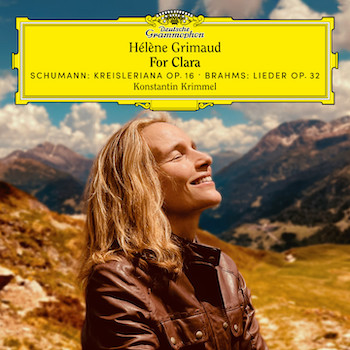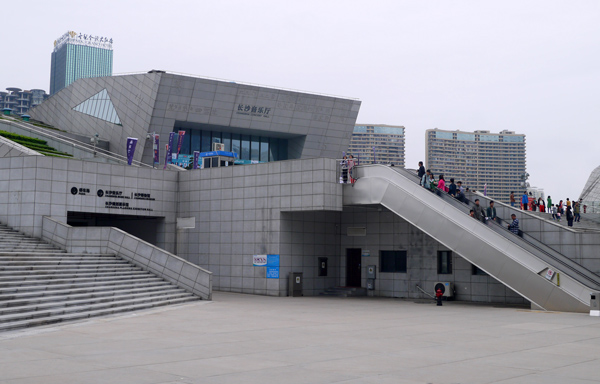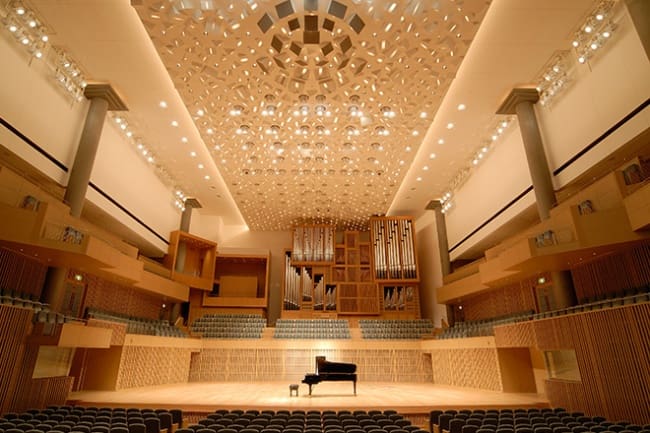By Jonathan Blumhofer

The Robert Schumann-Clara Schumann-Johannes Brahms love triangle has been a popular programming tack, especially of late as there’s been a resurgence of interest in the various dimensions of Clara’s career (composer, pianist, muse). For Hélène Grimaud, the concept’s nothing new: she trod this ground – and impressively – way back in 2006, assaying Robert’s Piano Concerto, several of Clara’s songs, and some tumultuous Brahms chamber music on Reflections, her fourth Yellow Label release.
Think of For Clara, then, by my count Grimaud’s eighteenth album for Deutsche Grammophon, as a long-awaited sequel. True, it’s dedicatee doesn’t show up as a composer. But her spirit hovers over the recording’s program: Robert’s Kreisleriana plus Brahms’s 3 Intermezzi op. 117 and his 9 Lieder op. 32.
Kreisleriana was inspired by Clara – “one of your ideas plays the main role in it,” her future-husband wrote cryptically. If audiences and contemporaneous progressives (including Chopin, Liszt, and – yes – Clara) found its technical, formal, and emotional extremes confusing if not off-putting, the eight-movement work has, over two centuries, established itself as one of Schumann’s most visionary.
Grimaud, a pianist whose grasp of the Romantic sensibility (especially the willingness to risk and commit all in pursuit of an artistic goal) is total, has a field day with it here. From the downbeat of the stormy, rhythmically a-blur “Äusserst bewegt,” this is a Kreisleriana that holds nothing back.
Of course, it’s not all sound and fury. The dreamy, inward second half of the third movement’s slow section floats and the balances between the hands in the concluding “Schnell und spielend” are impressively discreet. Though her tone is sometimes a bit steely, Grimaud’s Schumann burns white-hot.
Her Brahms Intermezzi are, conversely, the picture of clarity and warmth, especially the central Andante con moto e con molto espressione, with its haunting sequential progressions and strong sense of shape.
In the op. 32 Lieder, Grimaud proves to be a periodically aggressive accompanist. She doesn’t hold back her volume in the opening number and, in “Der Strom,” we again encounter some fleeting issues with balance.
But baritone Konstantin Krimmel holds his own. His singing in these songs about (broadly speaking) love and loss are rich, pure-toned, and clearly enunciated. Whether conveying the furious intensity of “Wehe, so willst du mich wieder” or the ravishing beauty of the closing “Wie bist du, meine Königin,” his partnership with Grimaud is, ultimately, a marriage of equals. In the process, they deliver an unequivocally triumphant account of this strangely neglected song cycle.
Clara, one hopes, would approve.
Classical Album Reviews: “For Clara” and “Bach Minimaliste” – The Arts Fuse
Reviews of Hélène Grimaud’s latest homage to Clara Schumann and La Tempête investigates seeming stylistic overlaps in the music of J. S. Bach, Henryk Górecki, Jehan Alain, Knut Nystedt, and John Adams.









